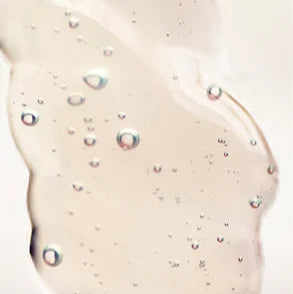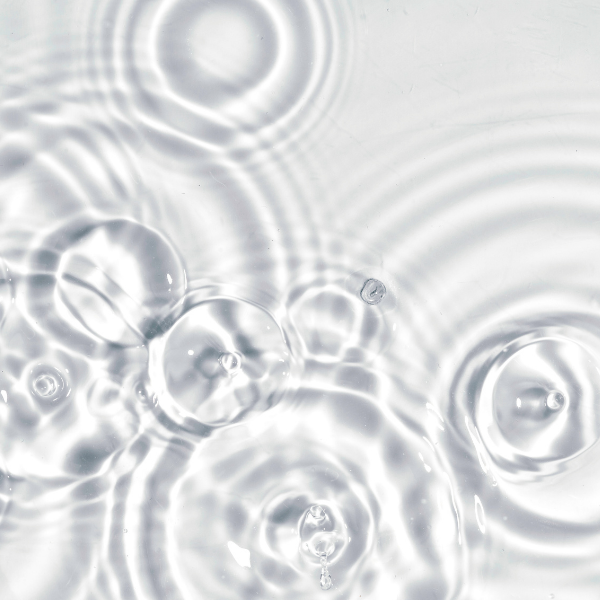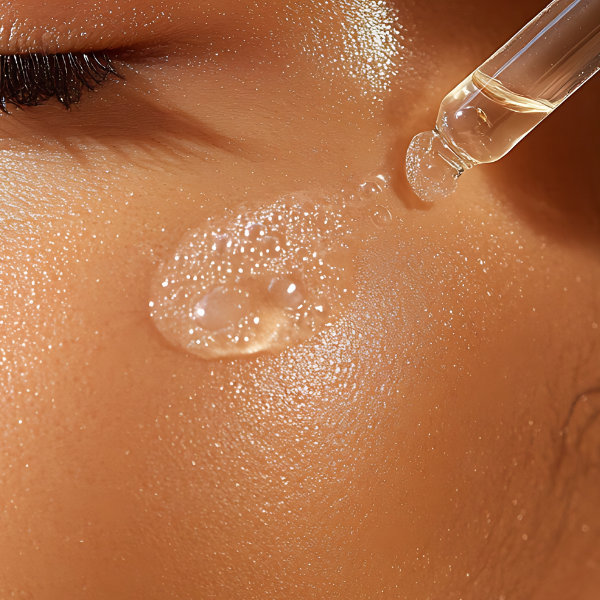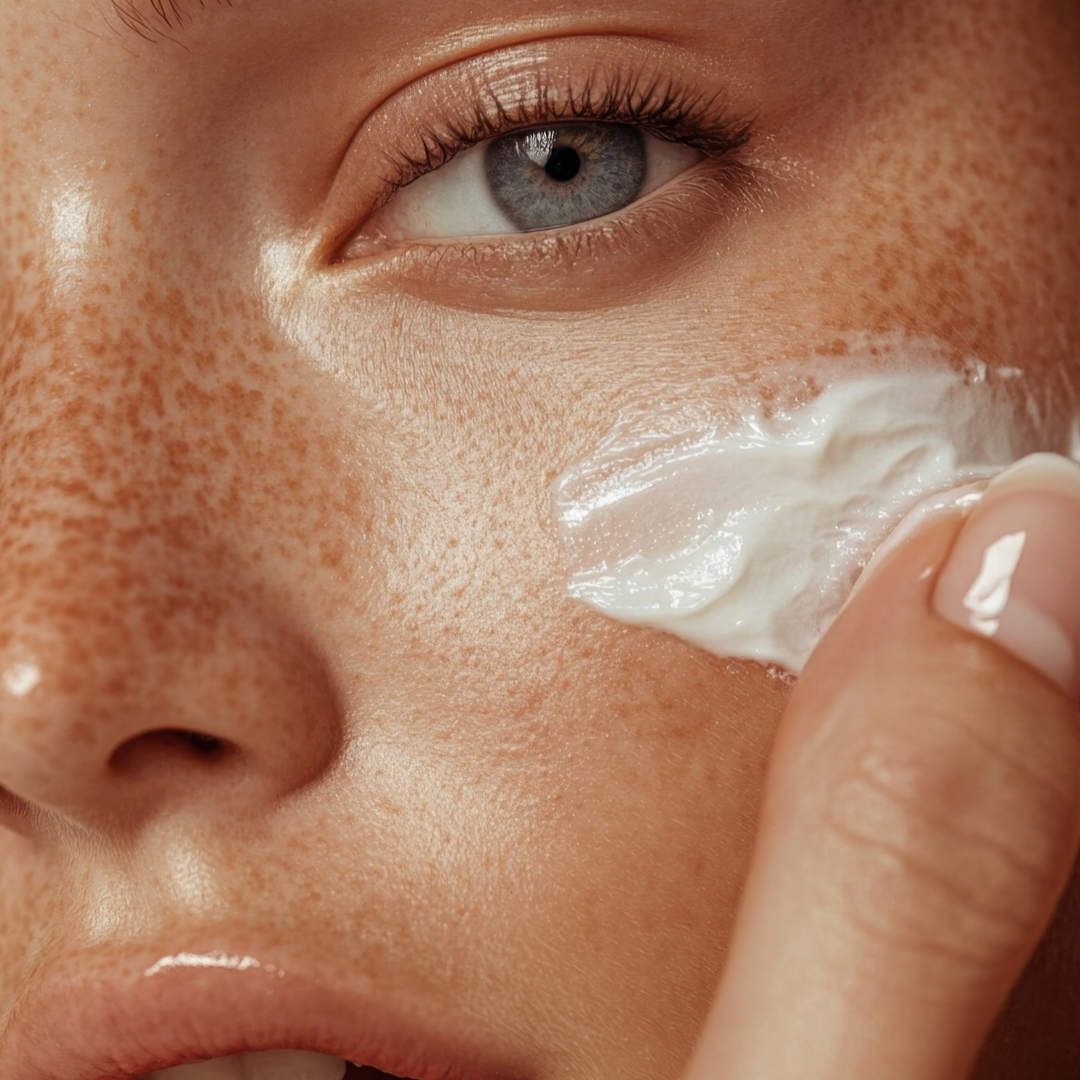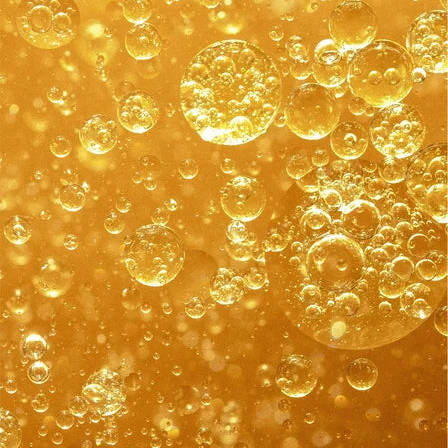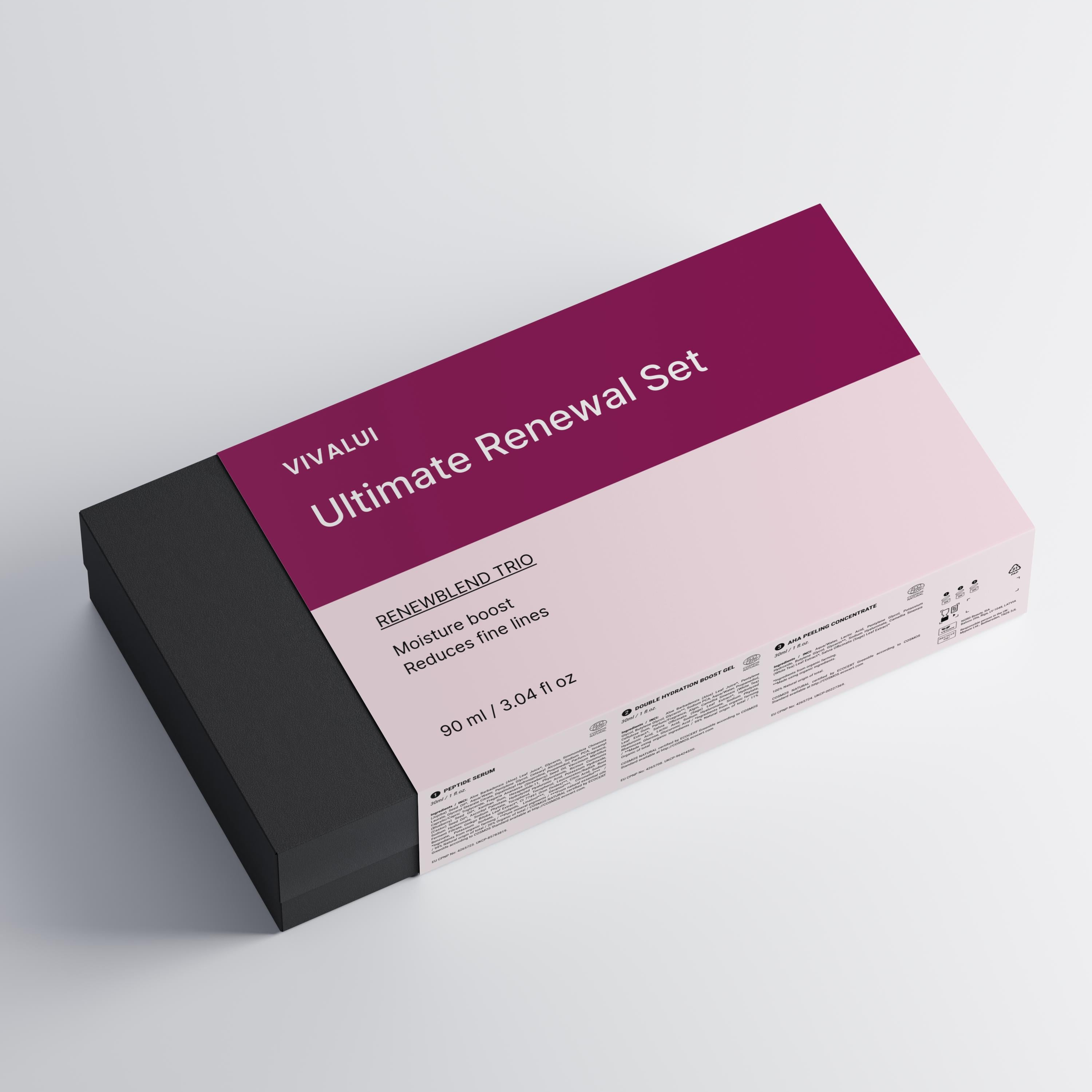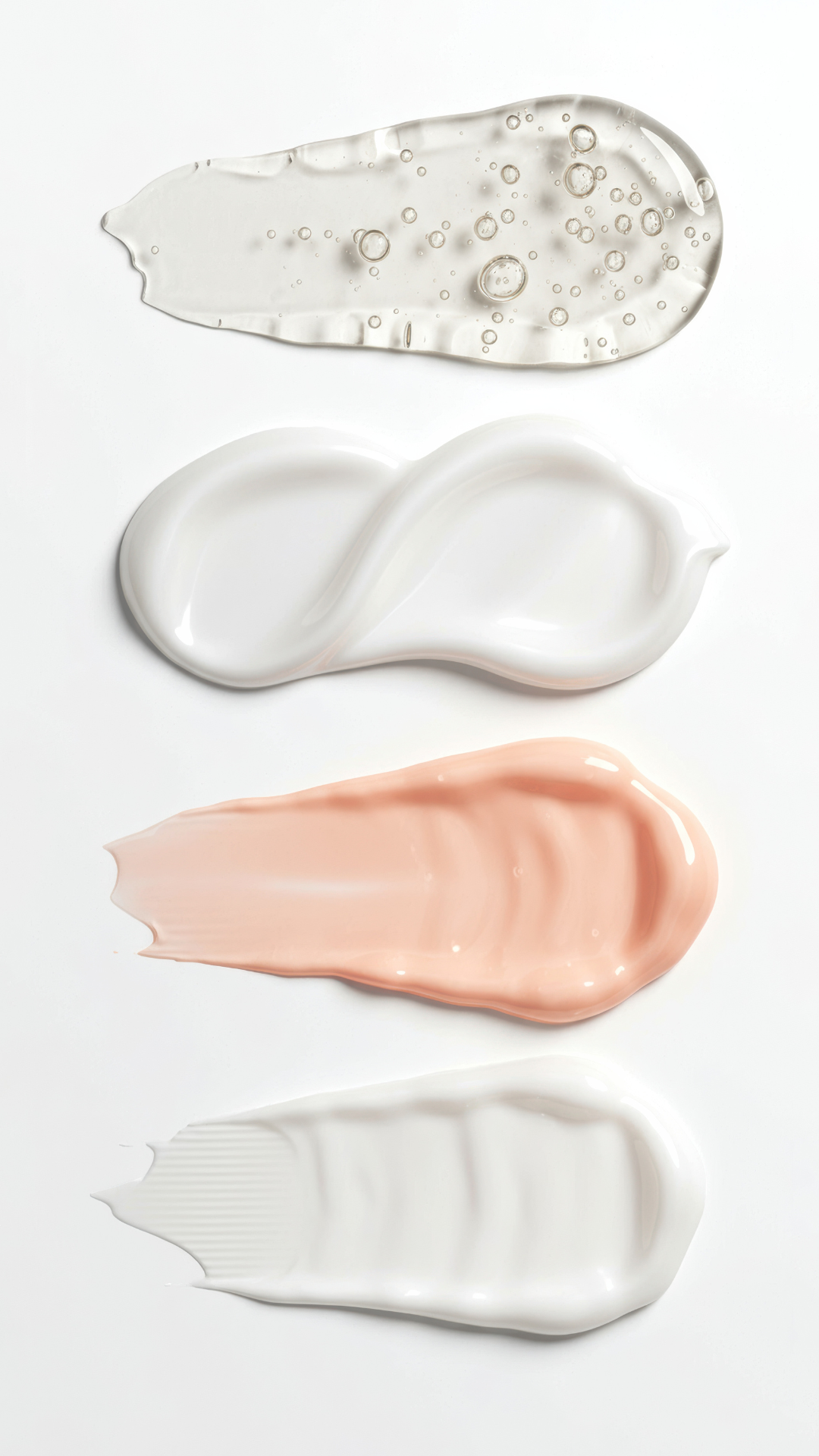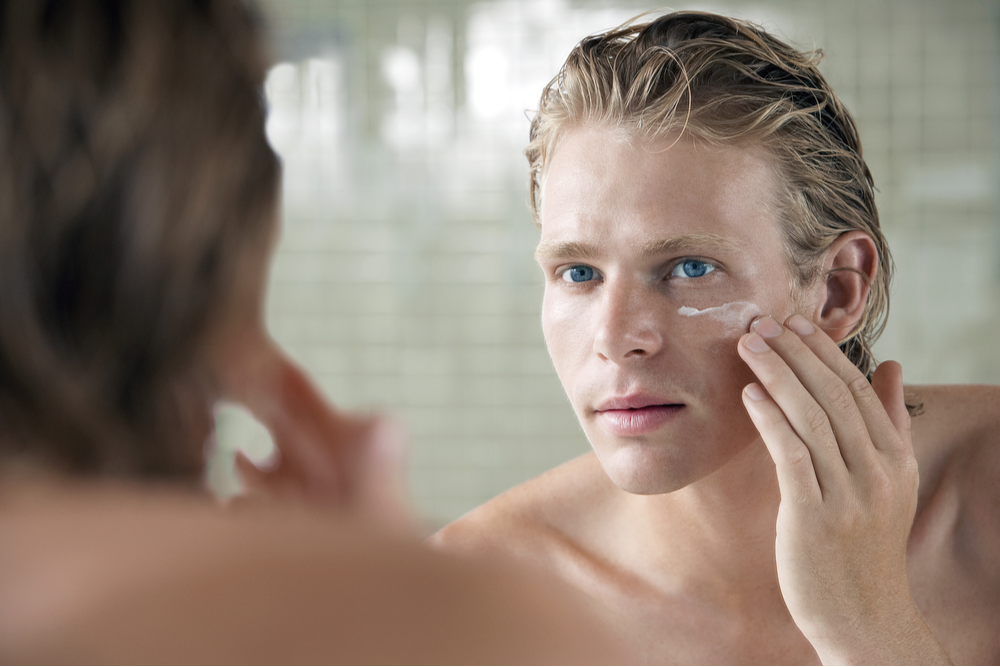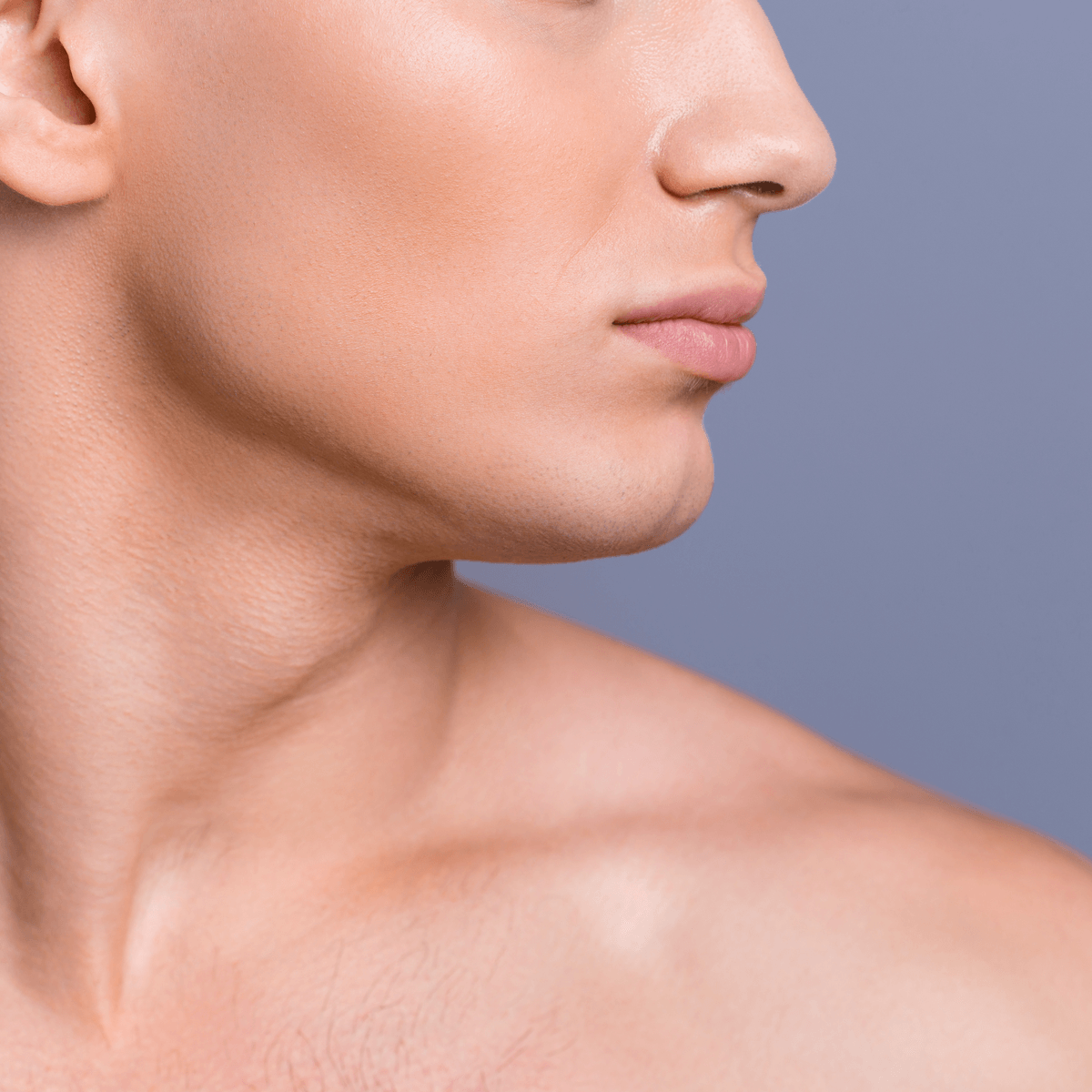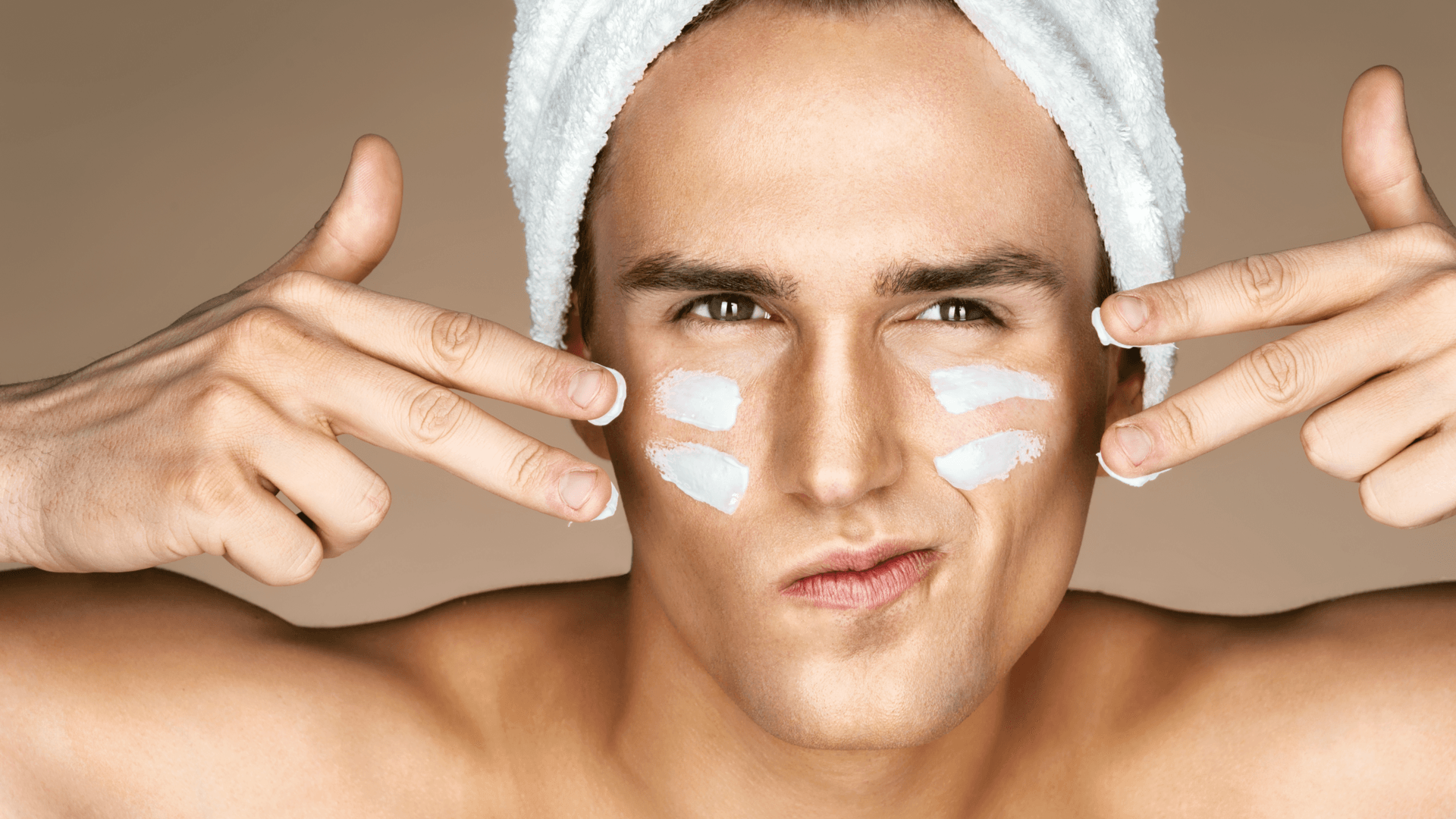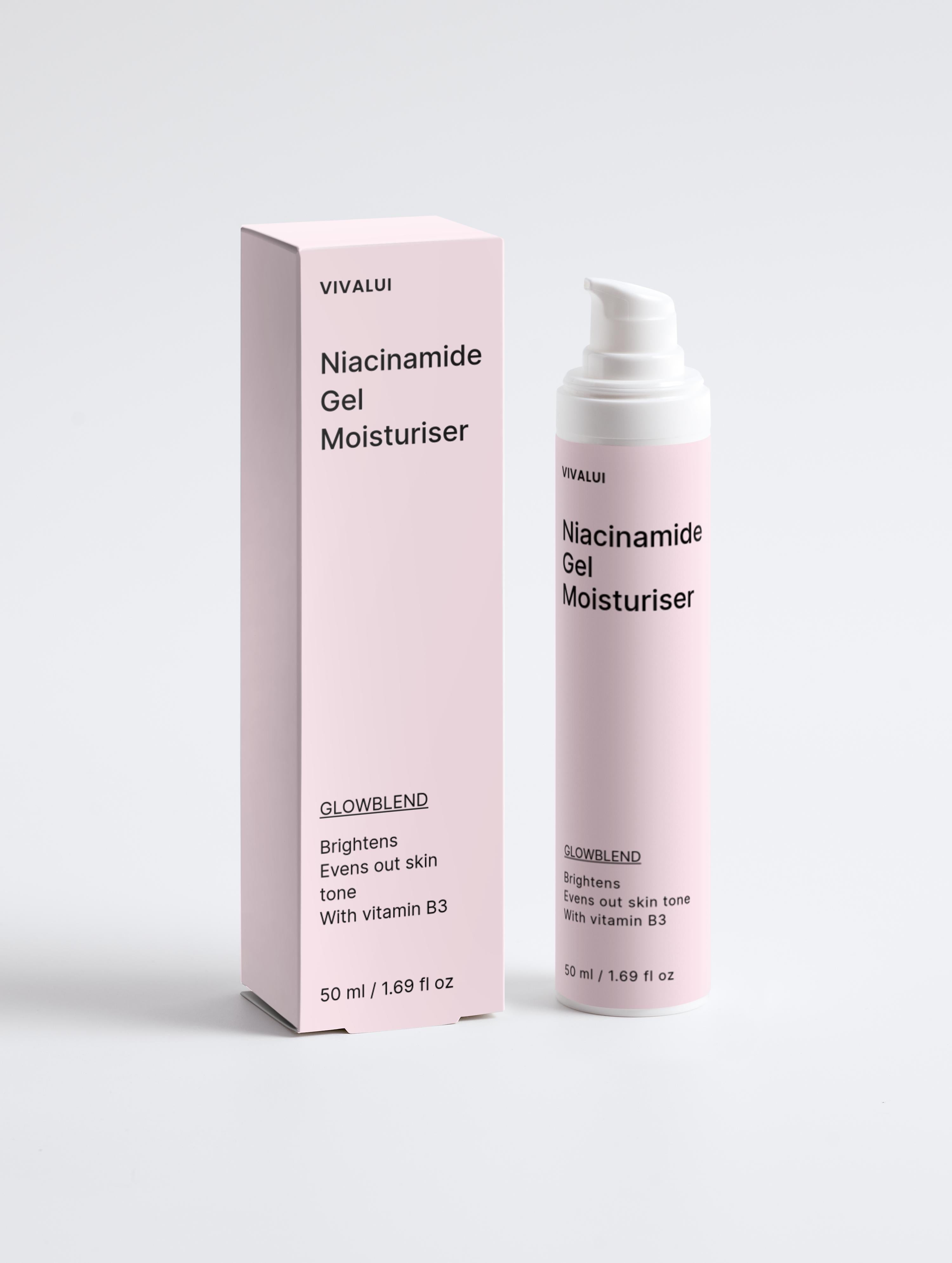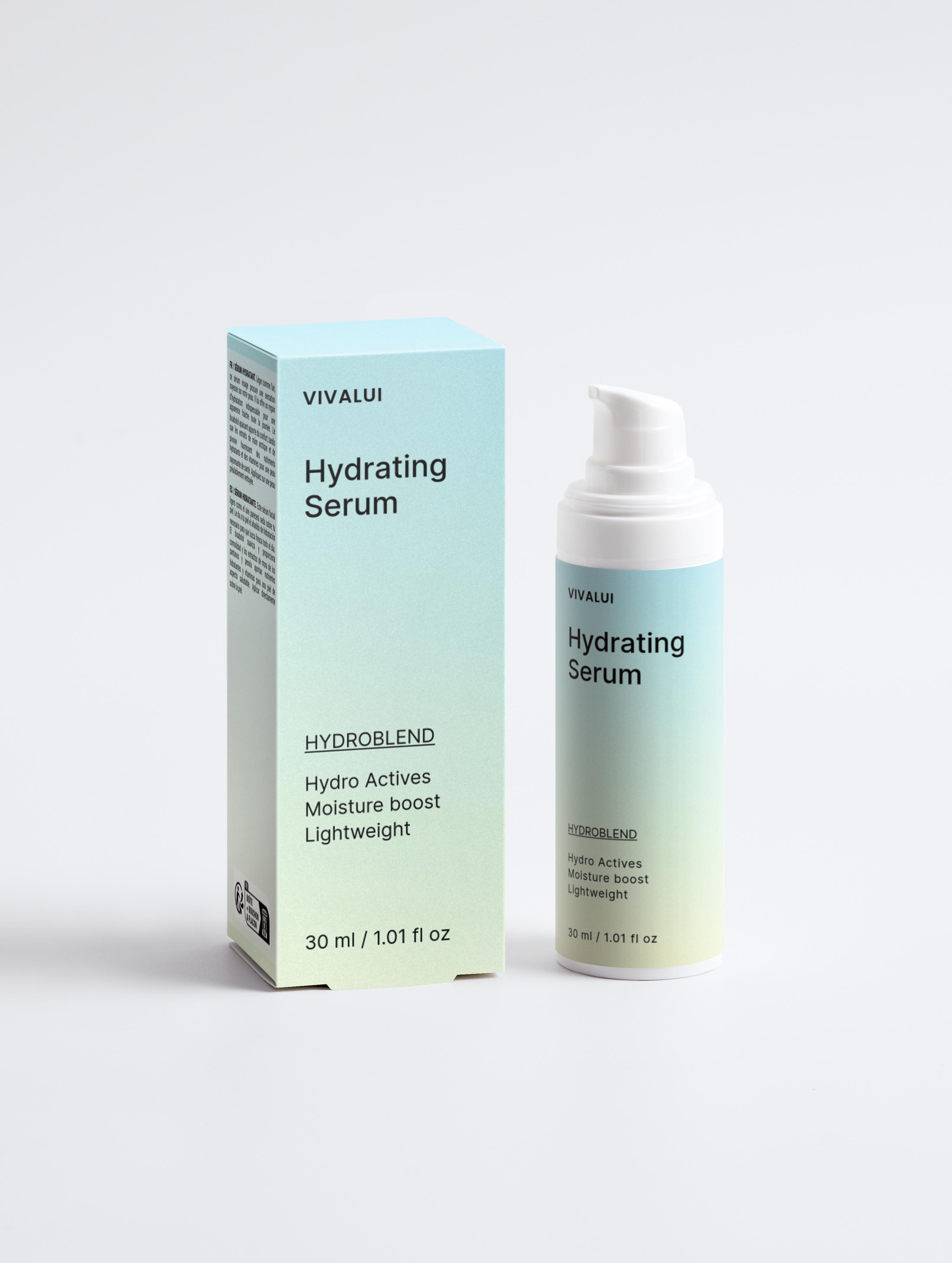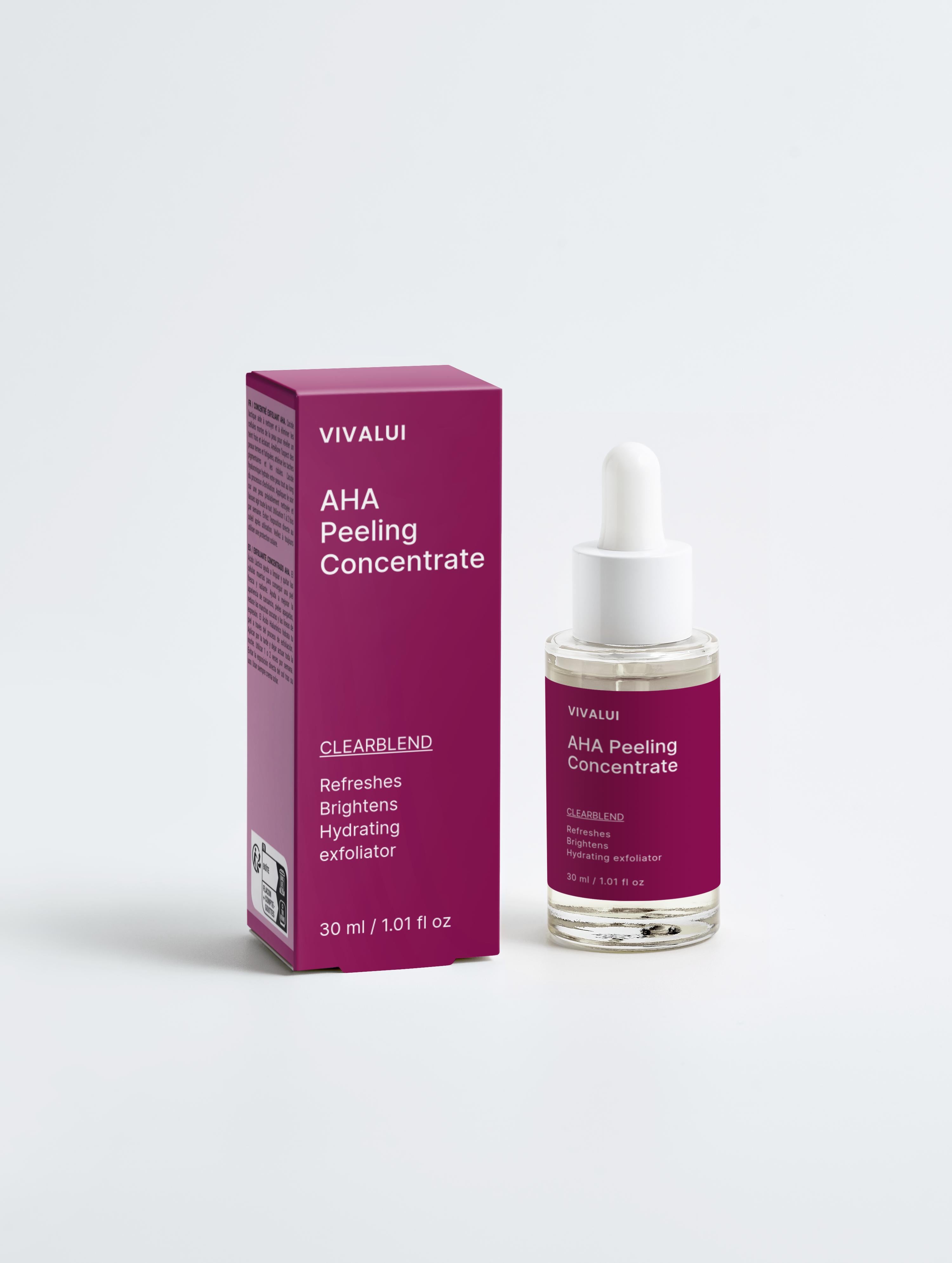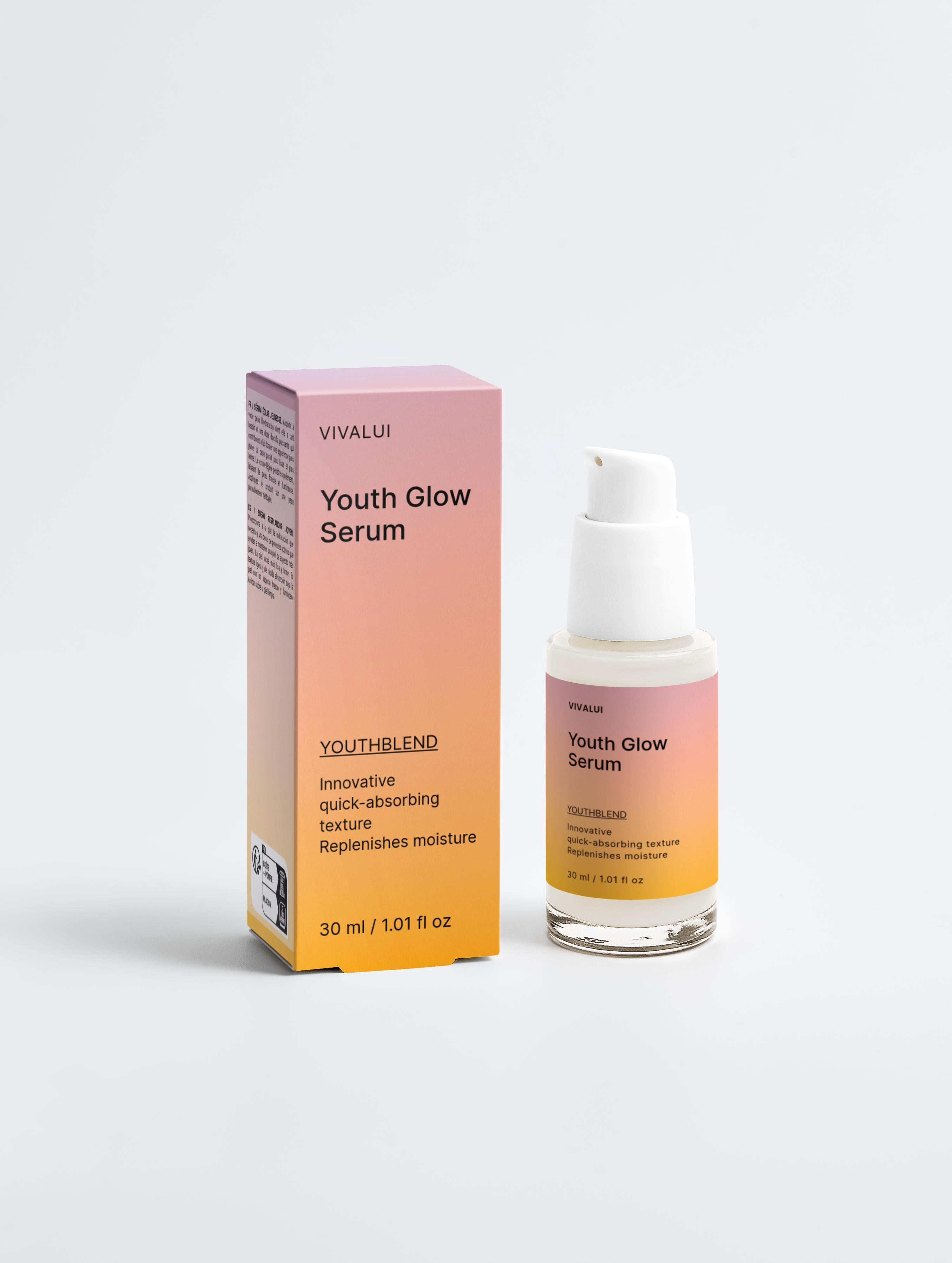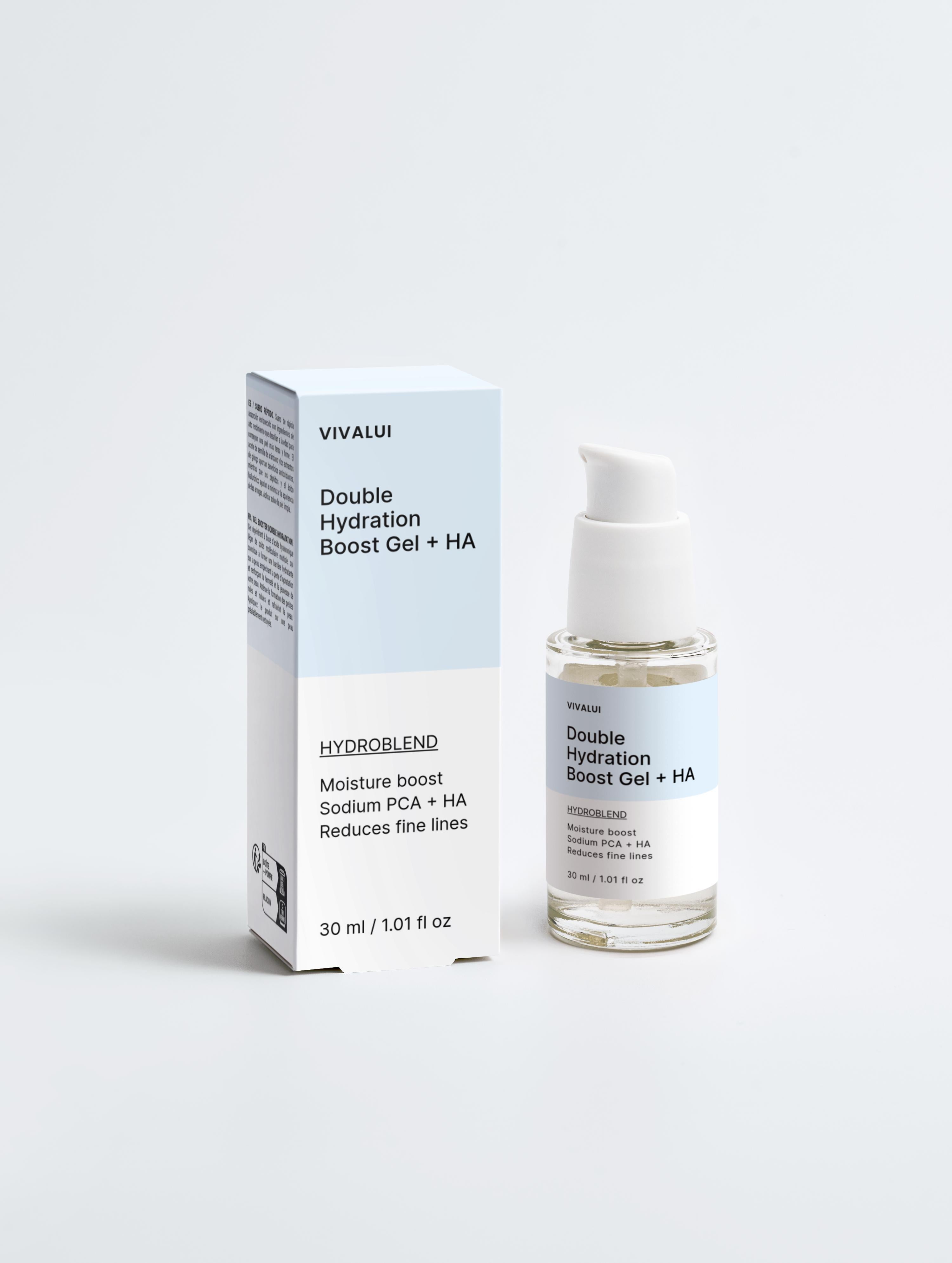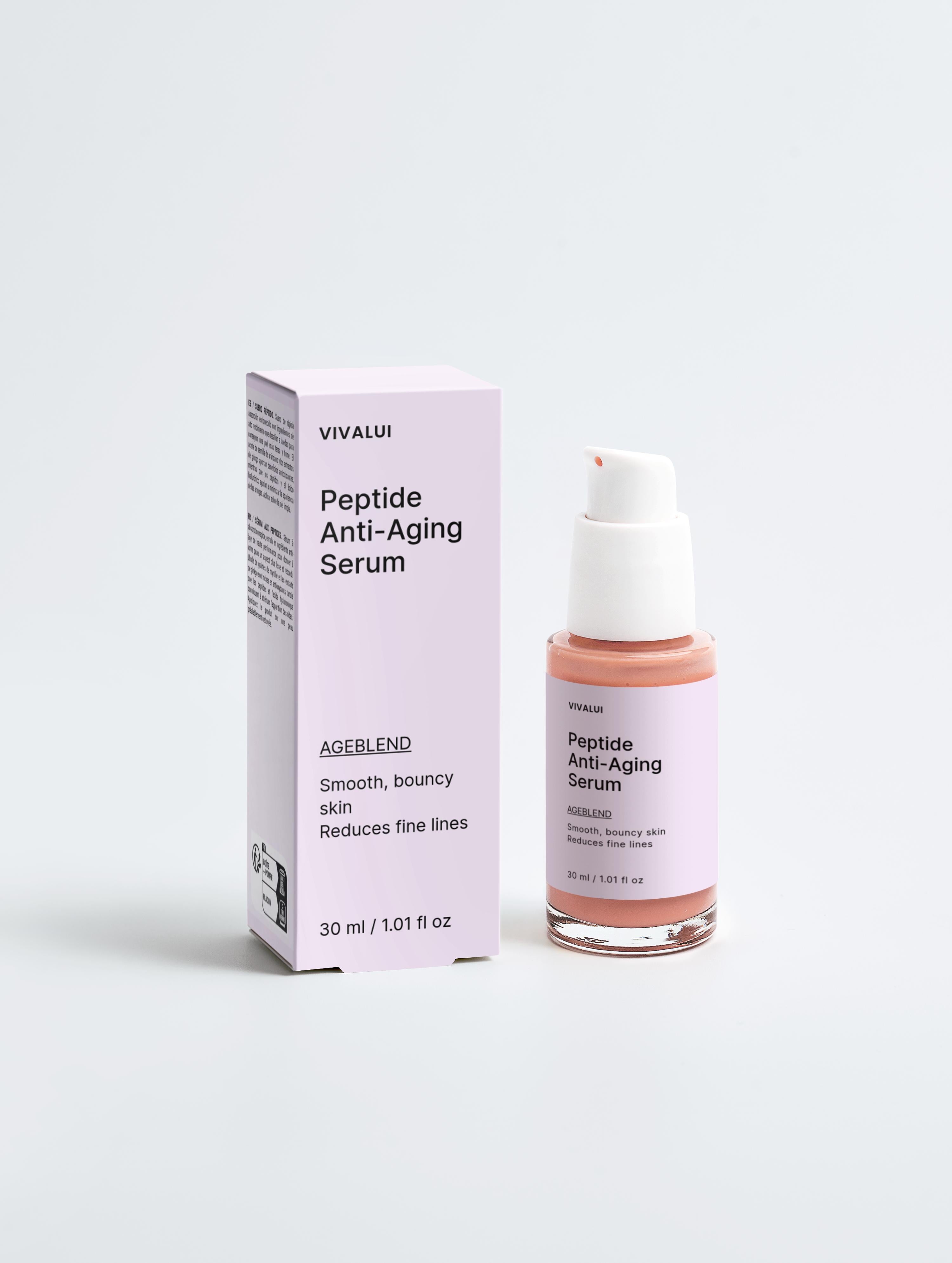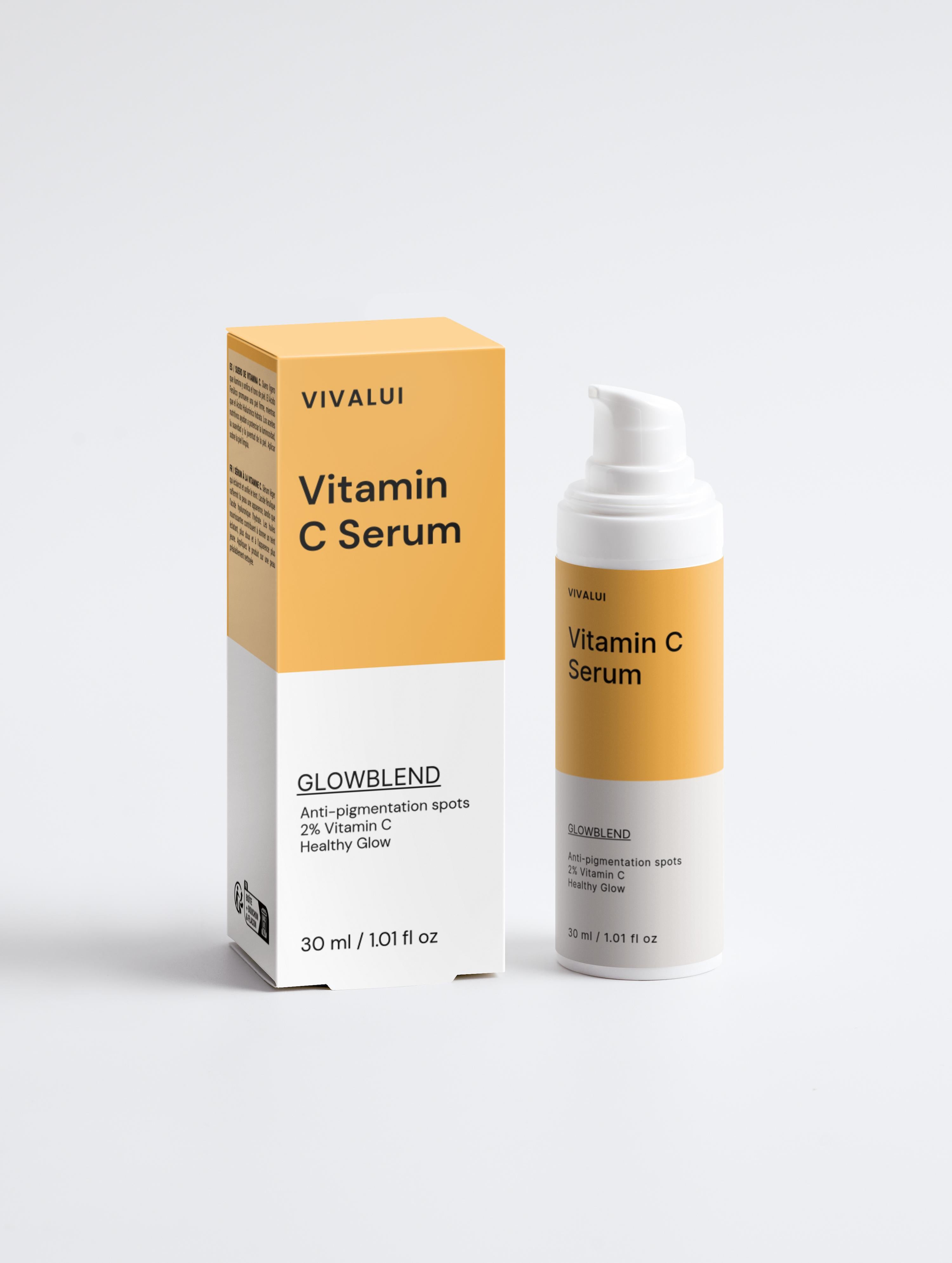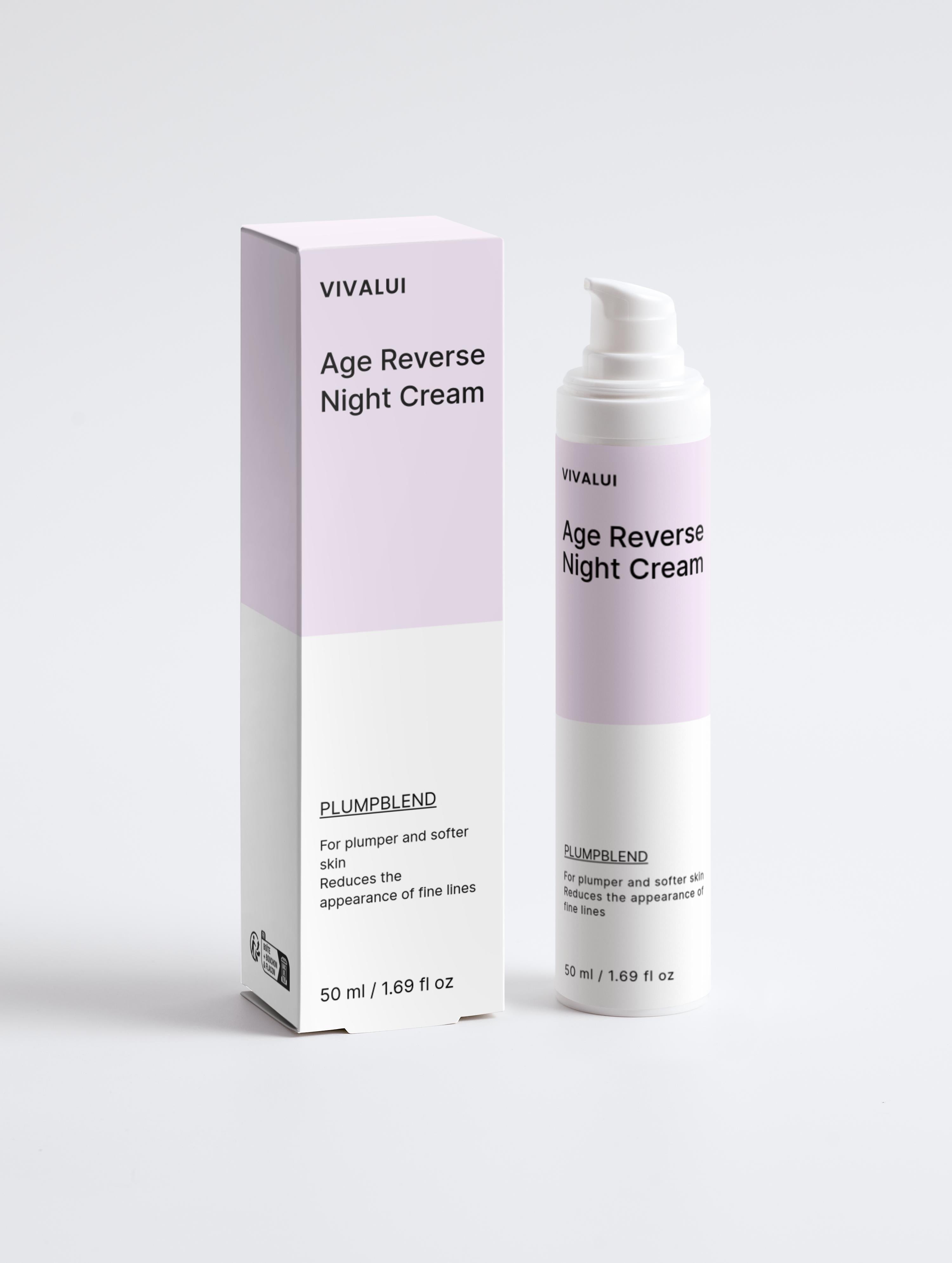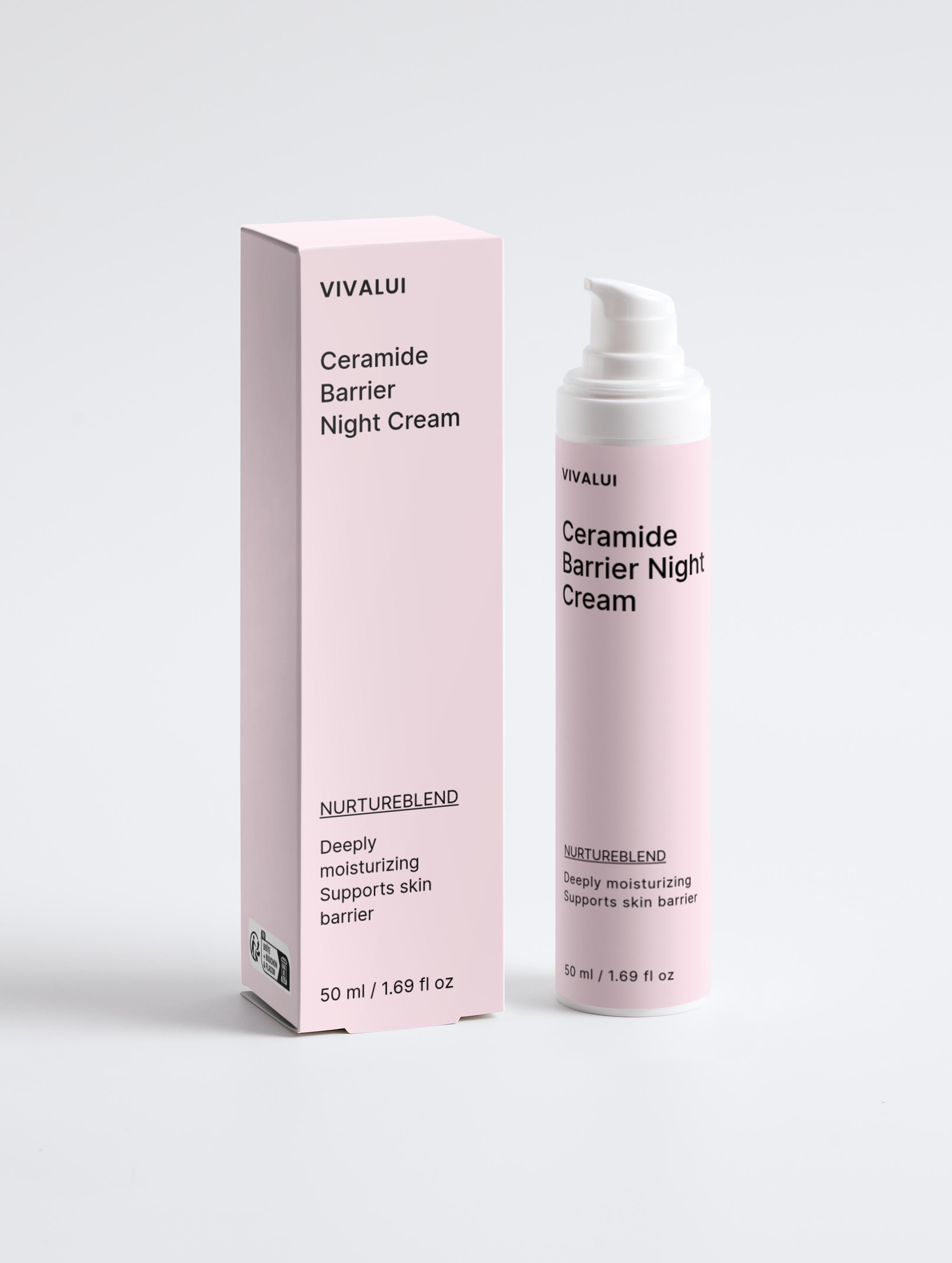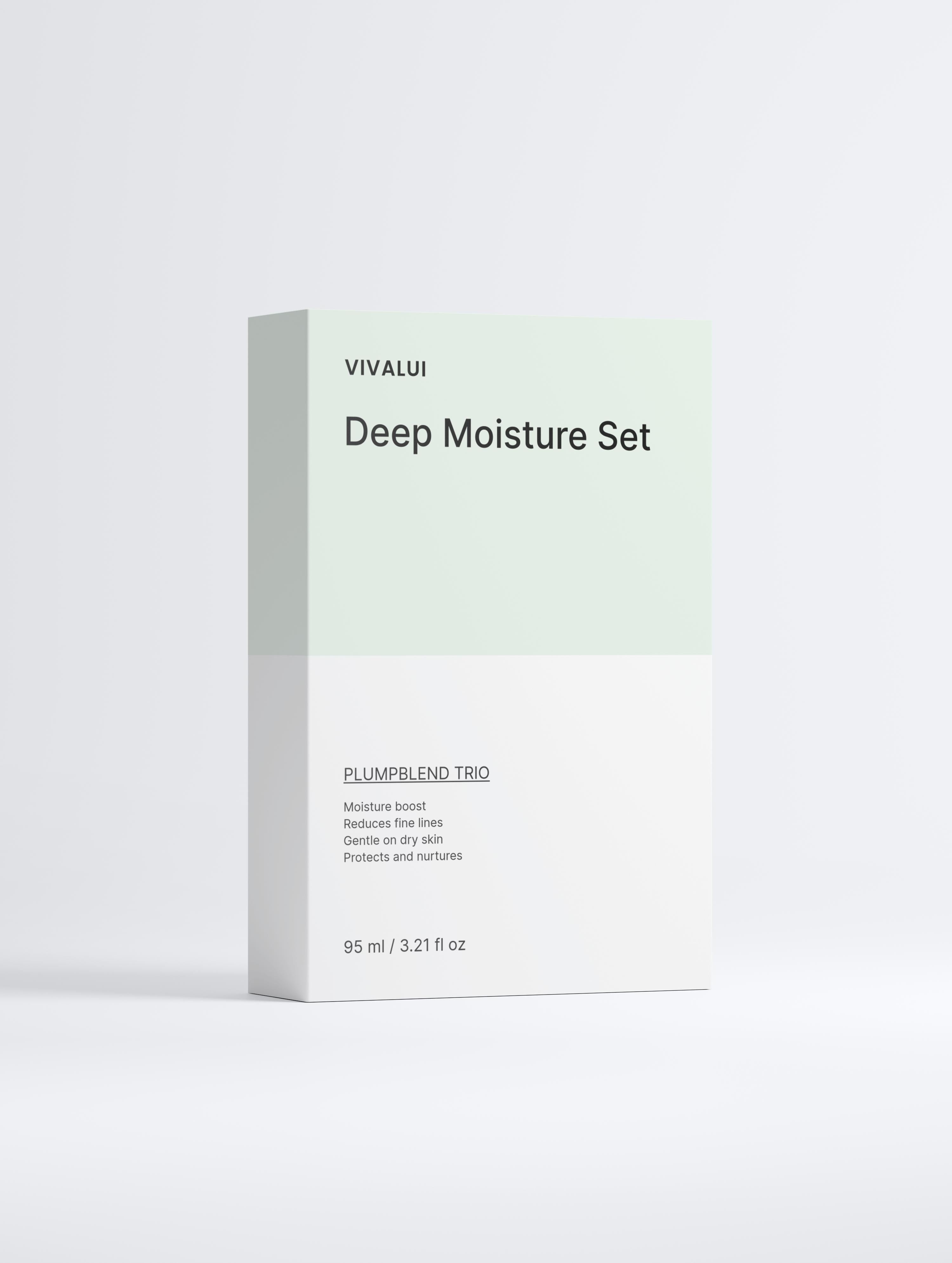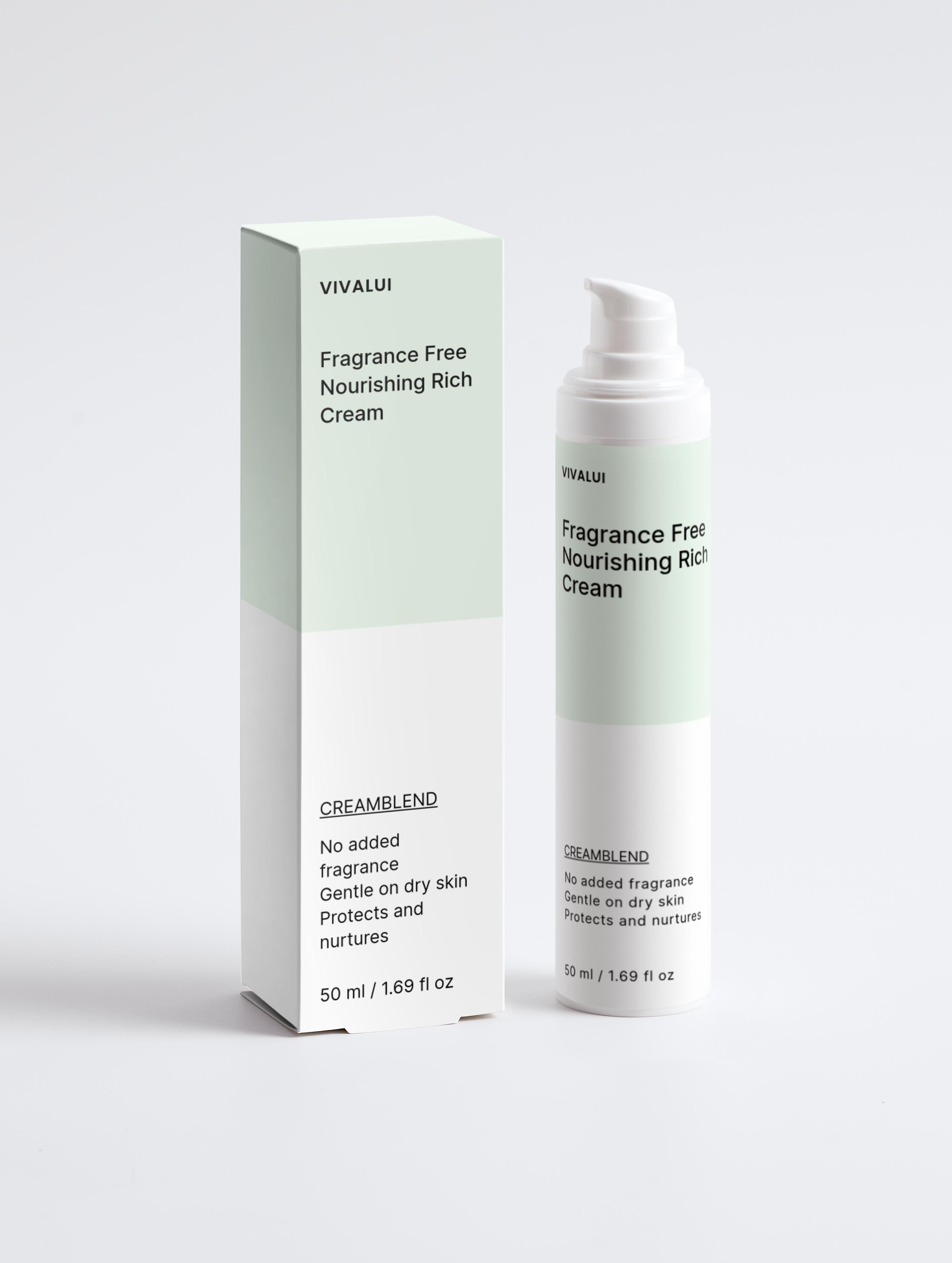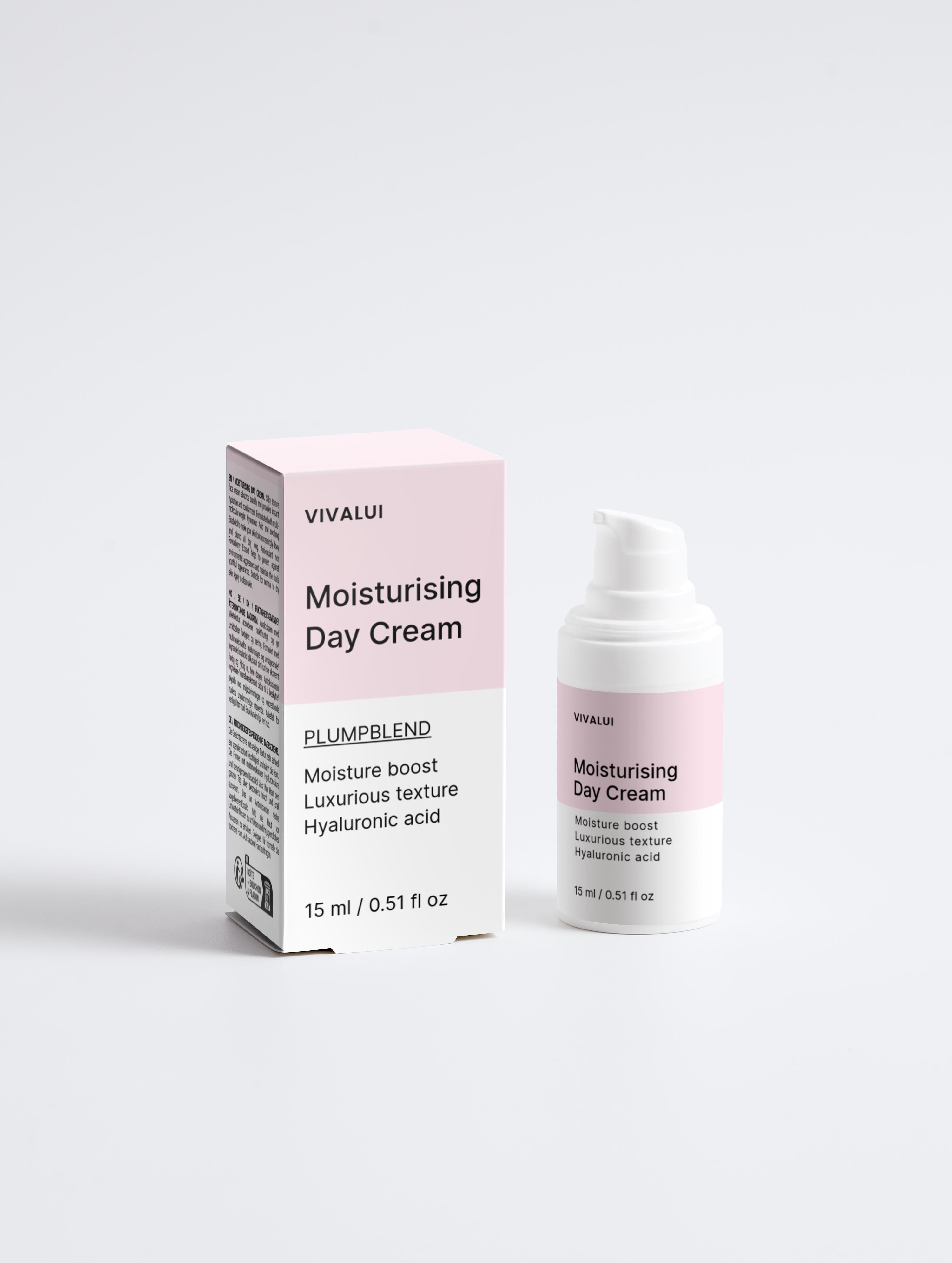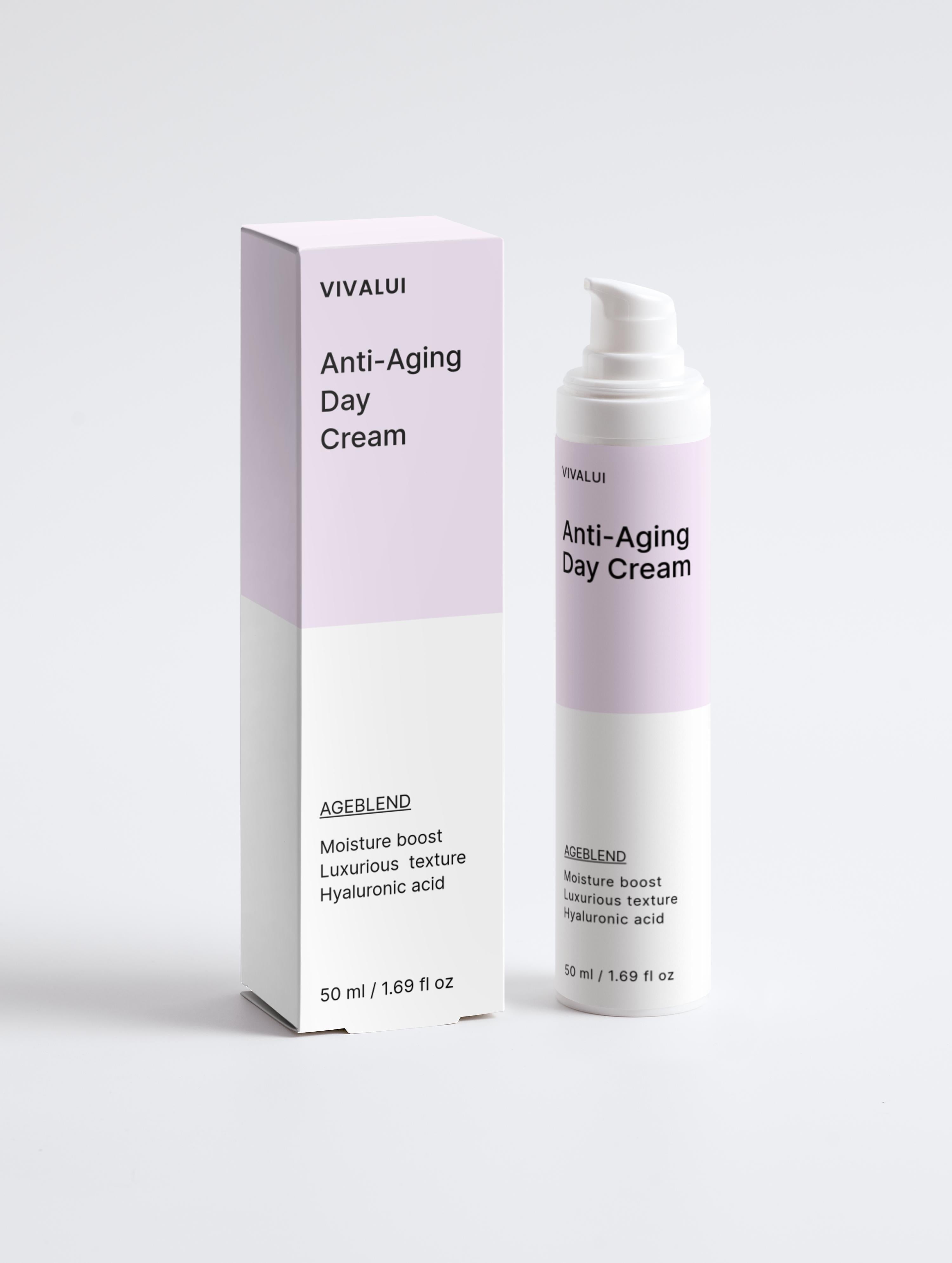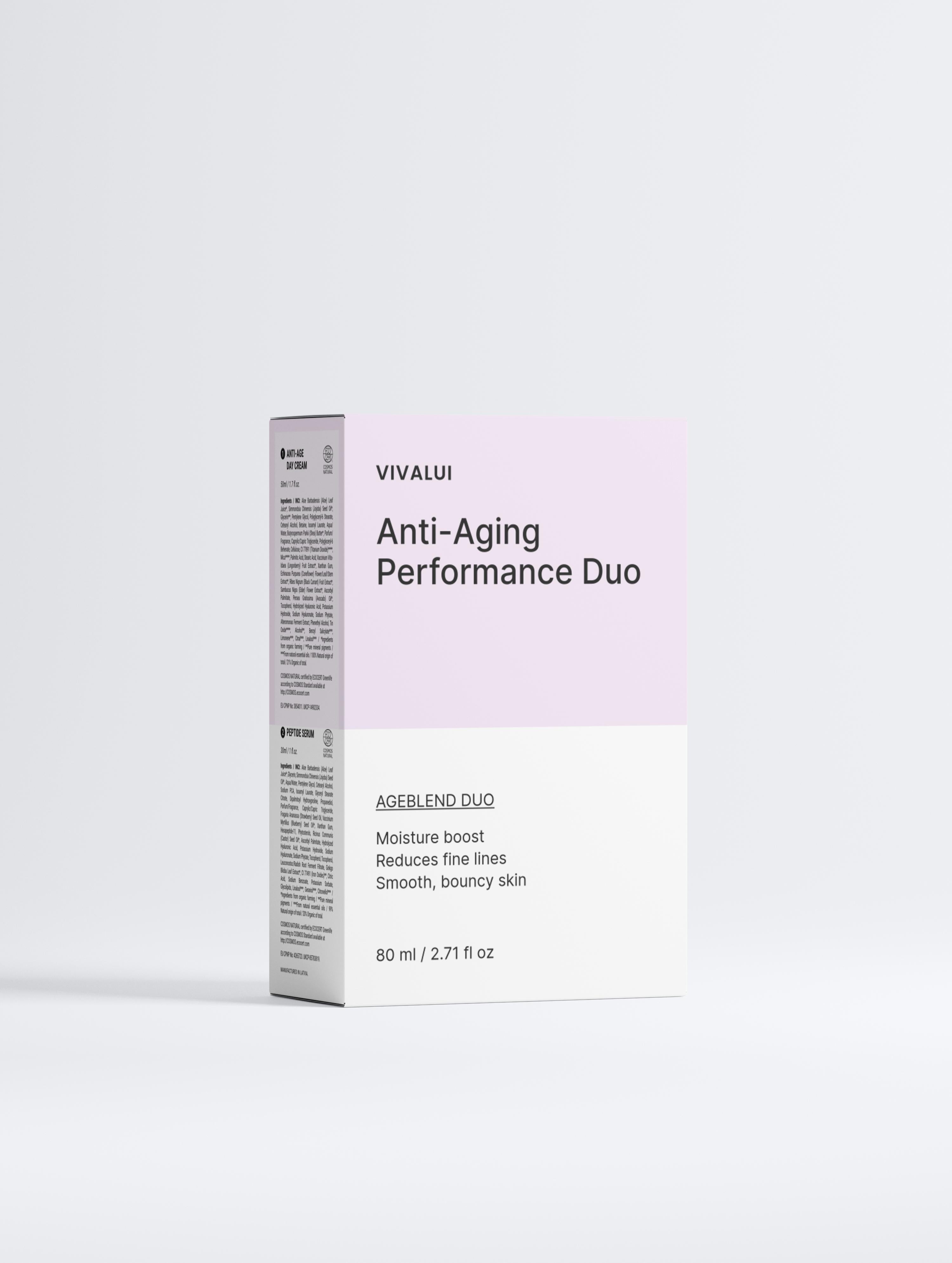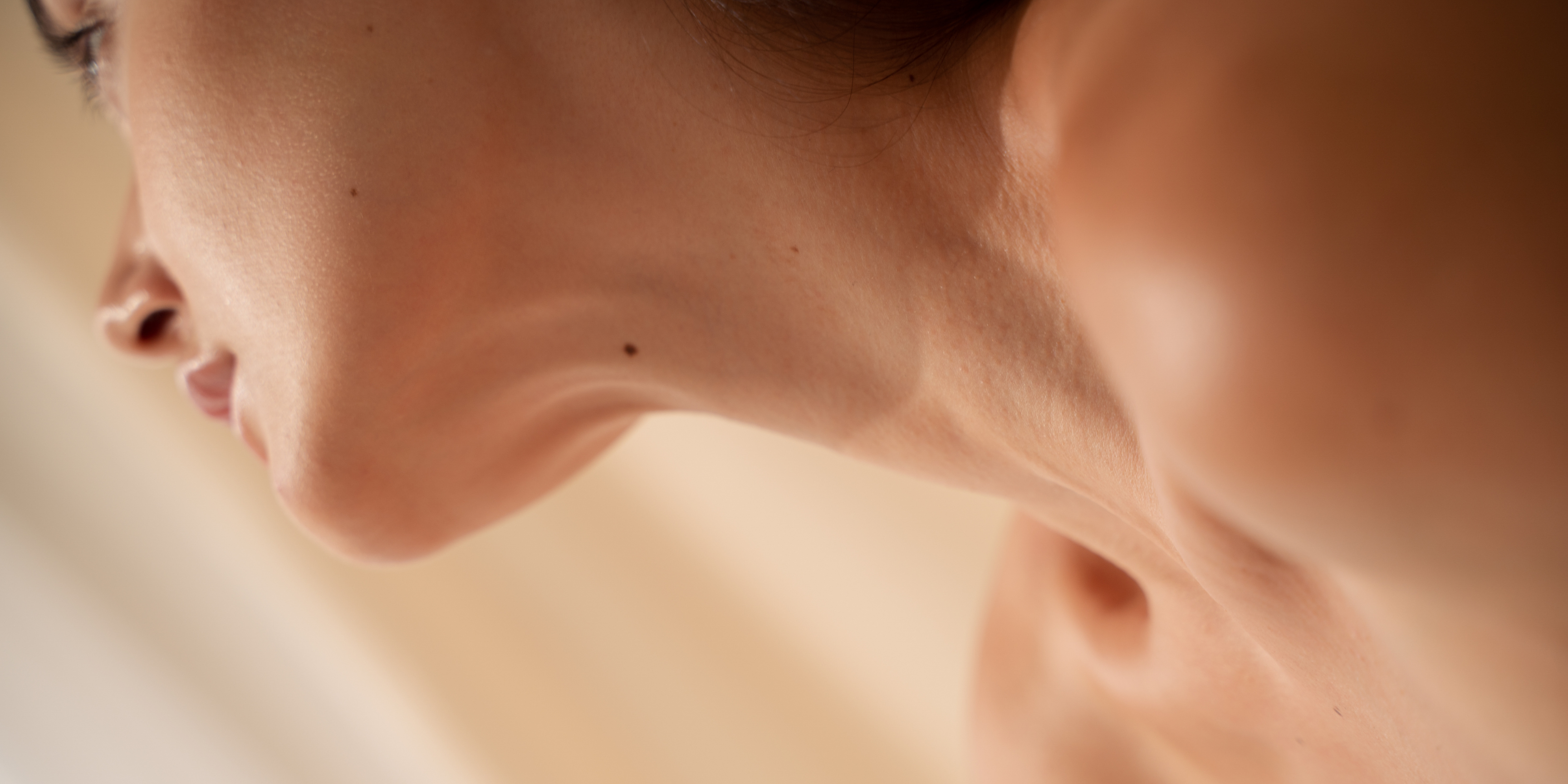All that good summer fun, BBQs, beach days, hiking trips, and pool time leave your skin baking in the sun’s direct rays, fighting the effects of chlorine, and struggling to keep up with record-high humidity.
UV radiation from the sun can cause molecular damage to cellular DNA. As a result, both the surface epidermal layer and the deeper dermal layer suffer damage over time. Sun damage to the skin is called Photodamage, and Photoaging because it can cause premature skin aging.

UVA rays cause the following skin damage:
- Drooping skin
- Wrinkles
- Decline in Skin elasticity
- Skin that is thinner and more translucent
- Burst capillaries
- Liver spots or age spots
- Skin that is dry, rough, and leathery.
- Skin cancer
UVA is the biggest source of radiation that makes it to the Earth’s surface and your skin, cloudy skies or glass do not affect these beams.
Prevention is better than reversal when it comes to sun damage;
- Are you avoiding the hottest hours of the day?
- Are you wearing hats, sunglasses, and appropriate clothing to cover up any exposed skin?
- Do you apply a broad-spectrum sunscreen with a high SPF every day?
When dealing with sun-damaged skin, prevention is the best thing you can do, you should add sunscreen to your skincare routine. Cover yourself with sunscreen even while indoors and every time you go out.
The best solutions for treating sun damage are below:

Men’s Skin Care Routine: How to Repair Sun Damaged Skin
Sunspots on your face can be removed or diminished using a variety of at-home and professional procedures.

Some at-home remedies for fading or removing sunspots on your face include:
Aloe vera
Aloe Vera is a plant that is used to treat a variety of ailments. Aloesin and aloin, active compounds found in aloe vera plants, have been shown in studies to help lighten sunspots and other hyperpigmentation.
Extract of licorice
Some of the active ingredients in licorice extract may help lighten sunspots and other sun-related skin discoloration. Licorice extract is found in many topical sunspot lightening creams.
Vitamin C
When it comes to your skin and the sun, this natural antioxidant has several benefits. Topical L-ascorbic acid protects your skin from UVA, and UVB rays encourage collagen production and have been shown to help lighten dark spots.
Vitamin E
A Vitamin E-rich diet or taking a vitamin E supplement can help protect your skin from sun damage and improve its health, especially when combined with vitamin C.
Vitamin E oil can help lighten sunspots and protect your skin from sun damage.
Vinegar
Vinegar made from apples Apple cider vinegar contains acetic acid, which can help lighten skin pigmentation and improve overall skin appearance.
Green tea
Green tea is a beverage made from the leaves of the tea. Green tea bags applied to the skin are said to help fade sunspots.
While there isn’t any peer reviewed scientific evidence that green tea bags work, green tea extract has been shown to depigment skin.
Black tea
When the liquid from black tea is applied twice daily, six days a week for four weeks on guinea pigs with tanned spots, black tea water has a skin-lightening effect.
Red Onion
According to a study published in 2010, dried red onion skin contains ingredients that may lighten the skin.
Juice of lemon
Lemon juice has long been used as a home remedy for lightening hair and skin, and it’s a popular ingredient in skin-lightening creams.
While many swear by the ability of lemon juice to fade sun spots, lemon juice is acidic and can dry out the skin and irritate the eyes.
Buttermilk
Buttermilk is a well-known old remedy that contains lactic acid, which, when applied to the skin, can help lighten sunspots. best lactic acid cleanser
Milk
Milk, like buttermilk, is high in lactic acid, which may aid in the lightening of sunspots. The use of sour milk to treat skin discoloration has been proven to be effective. However, if you're having a lactic acid breakout, you can scale back a little to give your skin time to get used to the acid.
Honey
Honey, which is high in antioxidants, has long been used in skincare products. When applied to the skin, it is thought to promote new cell growth and may help fade sunspots.
Creams
You can also remove sunspots on your face with a variety of over-the-counter topical creams that you can apply at home.
Look for glycolic acid, hydroxy acid, hydroquinone, kojic acid, or deoxyarbutin in your cream.
However, if you are too busy or do not want a home remedy, you can seek professional help.
Treatment by a Specialist on How to Repair Sun Damaged Skin
There are a few professional treatments that can either remove or significantly reduce the appearance of sunspots. All of these procedures should be carried out by a trained skincare professional.

Resurfacing with a laser beam
A wand-like device delivers light beams that remove sun-damaged skin layer by layer during laser resurfacing. In its place, new skin can grow.
Depending on the number of sunspots to be treated, laser resurfacing of the face can take 30 minutes to two hours, and it takes 10 to 21 days for the body to heal.
Pulse light with strong intensity (IPL)
To target sunspots on the skin, IPL uses light pulses. This is accomplished by heating and destroying melanin, resulting in the removal of discolored spots.
IPL sessions are usually under 30 minutes long and cause little to no discomfort. The number of sessions required depends on the individual.
Cryotherapy
Sunspots and other skin lesions are removed with cryotherapy, which involves freezing them with liquid nitrogen.
Because it is less aggressive and less likely to cause blistering, nitrous oxide (rather than liquid nitrogen) can treat superficial dark spots such as sunspots. Cryotherapy is quick and painless.
Peels with chemicals
This procedure entails applying an acid solution to the skin, which results in a controlled wound that eventually peels away, revealing new skin.
Chemical peels can be painful and cause a burning sensation for a few minutes, but this can be alleviated with cold compresses and over-the-counter pain relievers.
Microdermabrasion
Microdermabrasion entails using a special applicator with an abrasive tip to gently remove the outermost layer of your skin, followed by suction to remove the dead skin. facial microdermabrasion brush
It takes about an hour, is painless, and does not require anesthesia. After the treatment, your skin will be pink and tight, but this will only last for a short time.
To prevent your skin from further sun damage, do the following;
- Between the hours of 10 a.m. and 3 p.m., stay out of the sun as mush as possible.
- Applying sunscreen before going outside and reapply every two hours
- Select products that contain sunscreen with at least SPF 50
- Wear clothing and hats to protect your skin from the sun
Prolonged UVA exposure destroys the collagen strands in your skin. However, you should know that it's not only long days at the beach or out under the sky that makes your skin age faster. You're exposed to UVA when you stroll to your car, work outside on cloudy days, or even sit by a window.
Pay attention to your skin, especially any black spots or uneven skin tone. Black holes and discoloration are caused by an injury such as a cut, burn, or psoriasis to the skin and induce post-inflammatory hyperpigmentation.
While the sun can induce hyperpigmentation on its own, more exposure can darken areas even more.
Always check the ingredients of new products to see if any components could cause photosensitivity, and do your best to avoid standing too long without a shade or cover over your skin.

